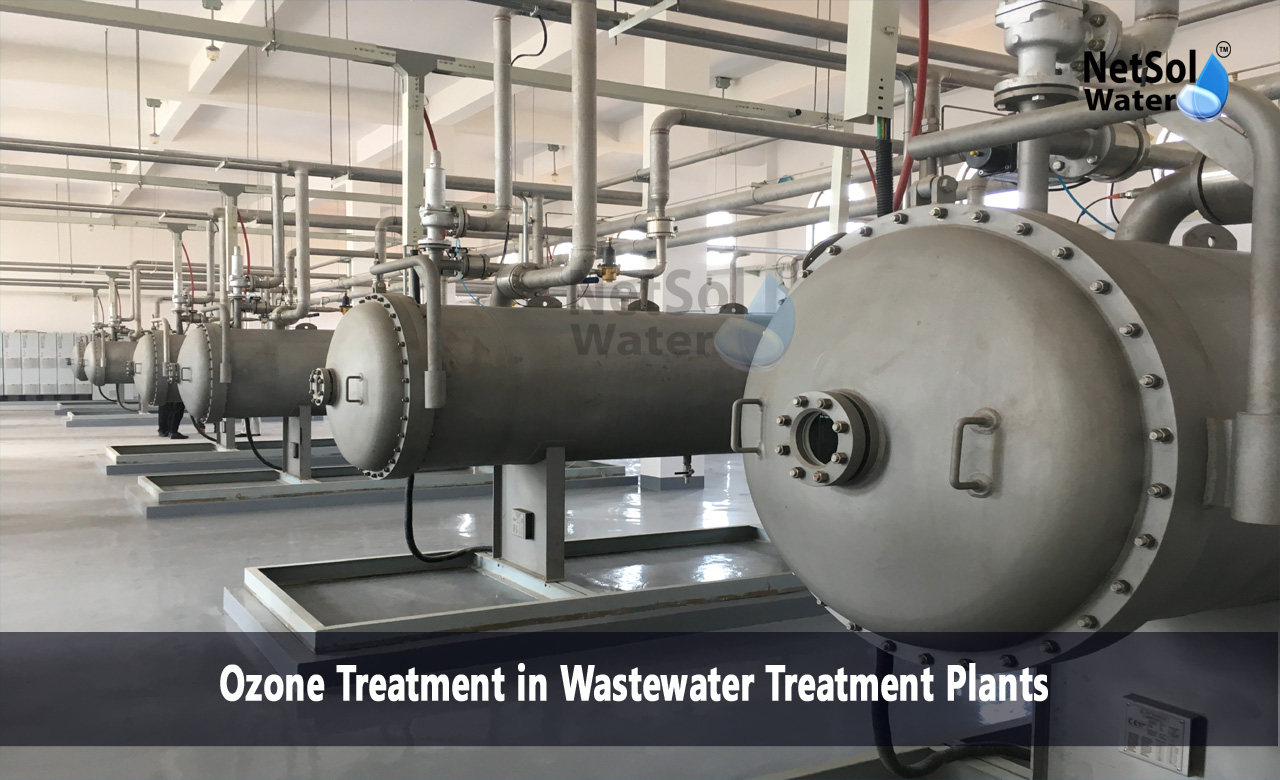Ozone Treatment in Wastewater Treatment Plants
Ozone Treatment in Wastewater Treatment Plants offers a strong natural approach to improve water quality and to reduce harmful microbes and complex chemicals. This method uses ozone gas to break down organic matter and to destroy bacteria and viruses. Many utilities use ozone when they need fast disinfection and when they want to reduce chemicals that leave a long term residue in water. Ozone works fast and it leaves behind oxygen after it reacts so it does not add a lasting chemical to the water. Designers can use ozone to target hard to remove compounds and to lower colour and odour in treated water. Operators must plan for safe handling energy needs and control of reaction byproducts. When teams plan well they can add ozone as a final step or as part of a multibarrier system that prepares water for reuse or safe discharge. These points reflect practice and research in the field and show how ozone can fit into modern treatment plans.
What ozone does and how it acts?
Ozone is a molecule with three oxygen atoms and it reacts strongly with many pollutants. It attacks cell walls of microbes and it breaks large organic molecules into smaller parts. Ozone also forms short-lived radicals that carry out further oxidation reactions. These rapid reactions make ozone effective for both disinfection and oxidation of complex chemicals. Understanding these steps helps engineers to size contact time and to pick downstream processes.
How ozone fits in a treatment train?
Ozone can work as a final polishing step or it can sit before biological or membrane processes. When ozone follows a settling stage it can act on dissolved compounds and on microbes that pass earlier screens. When ozone comes before biological filters it can make some compounds easier for microbes to break down. Designers choose the sequence that meets the water quality goals and the permit limits.
Design Types and Components
Ozone generation systems
Most treatment plants use corona discharge generators that make ozone from dry oxygen or dry air. These generators need clean feed gas and cooling to run well. Some systems use pure oxygen feed to raise ozone output and to lower energy use per unit of ozone produced. Generator choice links to project scale and to the desired ozone dose.
Contactors and mass transfer
Ozone must dissolve into water for reactions to occur. Plants use contactors that mix gas and water and that keep the ozone in contact with the water long enough to react. Inline mixers side stream reactors and bubble contactors serve different layouts and flow rates. Good mass transfer design improves ozone use and reduces wasted gas.
Off-gassing management and safety
Ozone that does not dissolve in water can leave the contactor as off gas. Plants capture this gas and either destroy it or return it to a safe path. Controls for ozone leaks and for operator safety form a key part of the facility design.
Benefits for Wastewater Treatment Plants
Disinfection and pathogen control
Ozone kills bacteria, viruses and protozoa more quickly than many common disinfectants. It reduces the risk of water borne disease and it can help plants meet strict microbial limits. Fast action makes ozone useful when the operator needs reliable disinfection in a small footprint.
Removal of micropollutants and organic matter
Ozone can break down chemicals that resist biological treatment such as some pharmaceuticals and pesticides. When designed with the right dose and contact time ozone lowers many of these compounds and improves the quality of water that moves to reuse options. Research continues to refine how ozone removes these traces and how to pair ozone with other processes for higher removal.
Reduced chemical residue
Ozone decomposes to oxygen after it reacts. This means the treated water carries less long term disinfectant residue when compared to systems that use chlorine. Less residual chemical can help with some reuse needs and with environmental goals.
Challenges: Maintenance and Control
Teams must address a few key risks and tasks to keep ozone systems working well. Let us have a look on some maintenance needs and on methods to control unwanted byproducts.
Bromate and oxidation byproducts
Ozone can form bromate when bromide is present in source water. Bromate has strict health limits, which makes control important. Operators use lower ozone doses, adjusted pH and post treatment steps to limit bromate. Monitoring and pilot tests help to find the right balance for each site.
Energy and cost considerations
Ozone generation uses electrical power for corona discharge and for feed gas preparation. Plants will model energy use and operations cost when they compare ozone to other disinfectants. New designs and oxygen feed methods can improve efficiency and reduce overall cost per cubic meter treated.
Routine checks and operator training
Staff will inspect generators, verify feed gas dryness, check contactor performance and log water quality results. Good training and clear procedures keep safety strong and keep the plant within permit limits.
Conclusion
Ozone Treatment in Wastewater Treatment Plants gives a practical path to strong disinfection and to the reduction of hard to remove chemicals while leaving less long term residue. The method requires careful design and ongoing monitoring to control byproducts and to use energy well. If you want help with system design or with a site level feasibility study please get in touch to request a consultation. We can review your needs and propose a plan that fits your goals and your budget.
Contact Netsol Water at:
Phone: +91-9650608473, Email: enquiry@netsolwater.com



